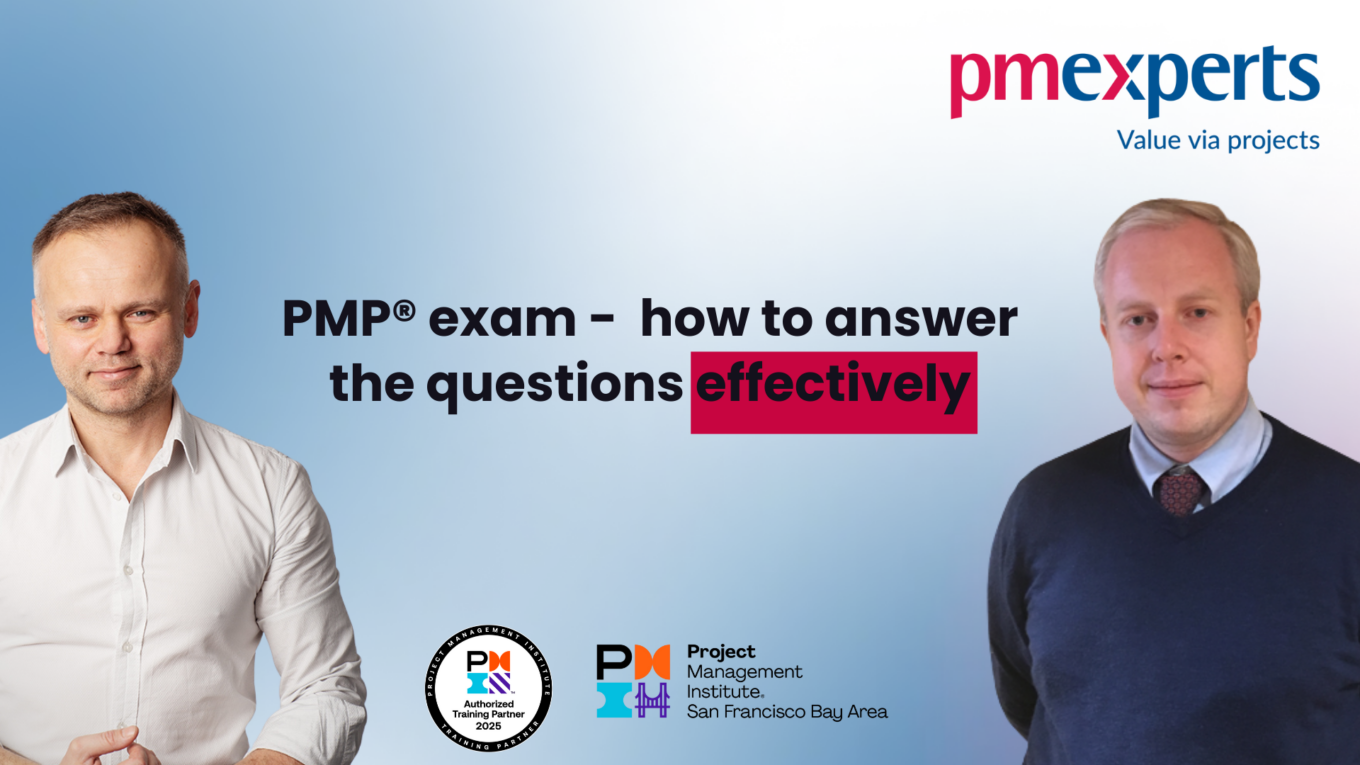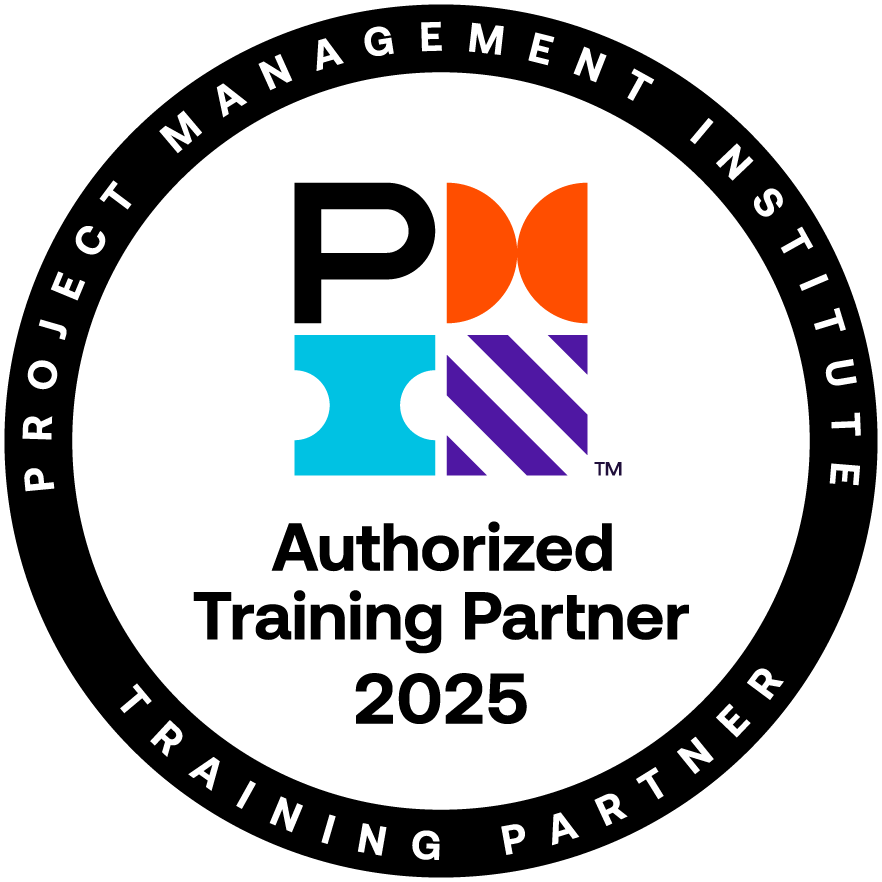Business organizations always strive for development. Regardless of whether it is about increasing revenue potential, restructuring and reducing costs, expanding the offer of products and services, or integrating with another organization, all these initiatives require changes in various areas of operation. In the case of multidimensional projects, including them in a project may not be sufficient. That’s why I would like to interest you in program management.
A program is a set of interrelated projects, sub-programs and activities, managed in an integrated way to achieve benefits that are impossible to achieve with an approach based on their individual management. Why is it important? Because individual projects provide independent, often substantively unrelated products, which only when combined can bring benefits resulting from their synergy.
Programs vs. Mega Projects: Differences and Challenges
Programs are often confused with mega projects, such as large-scale construction or infrastructure investments. Mega projects, such as the construction of a highway, are characterized by a homogeneous nature and a gigantic scale: huge dimensions, large project teams and large budgets.
An example is the construction of the freeway mentioned above. We will achieve full benefits when the highway connects two highway systems of neighboring countries. However, already completing a single section between two junctions will make life easier for drivers. It is this gradualism in project implementation and the efficiency of each stage that contribute to the success of such initiatives.
Check out the program example
One of the unique programs that particularly fascinates me is the modernization of the Port of Gdynia financed by the European Union for 2014-2020. The business goal of this venture was to increase the volume of goods transshipment, which brought financial benefits. To achieve this, the ability to handle larger ocean-going ships was necessary. The program included a number of projects, including the deepening of the waterway, the reconstruction of the quays and the expansion of logistics facilities. None of these designs could handle larger ships on their own. Only their joint action made business sense.
The benefits of modernizing the Port of Gdynia are now visible, and the increased transshipment volume has contributed to the economic development of the region. Additionally, effective program management achieved business goals, inspiring other similar initiatives in the field of maritime infrastructure.
Challenges in program management
Program management focuses on ensuring business sense. The person managing the program plays the role of guardian of this business sense or, to put it simply, ensures that the investments made sense. Stand-alone investments usually do not provide the full benefits. For example, rebuilding the quays without simultaneously deepening the waterway will make it impossible to handle larger ships in the port. Maintaining the optimal balance between expenditure and return on investment may require changes to the list of projects implemented under the program.
Giving up on previously planned investments is not an easy task. This requires conscious and effective work in the delicate area of building and maintaining relationships with stakeholders. Interestingly, stakeholder engagement management is a key element in project management. However, the goals that the program focuses on take us to a broader group of stakeholders, who are more likely to represent the “senior business stakeholder” level than in the case of projects.
The benefits of skillful program management
As part of the training “Project program management” we pay special attention to the key elements of effective program management. This includes, among others: safeguarding the business sense of programs, effectively managing components and building appropriate relationships with stakeholders. Our training is based on the latest Standard for Program Management, issued by the renowned PMI®. We enrich them with our own experiences from various programs in which we acted as consultants or observed as participants. In addition, we want active discussion to be able to better adapt theory to practice in your organizations. We are looking forward to meeting you and exchanging views on key aspects of program management in the context of real business challenges.









